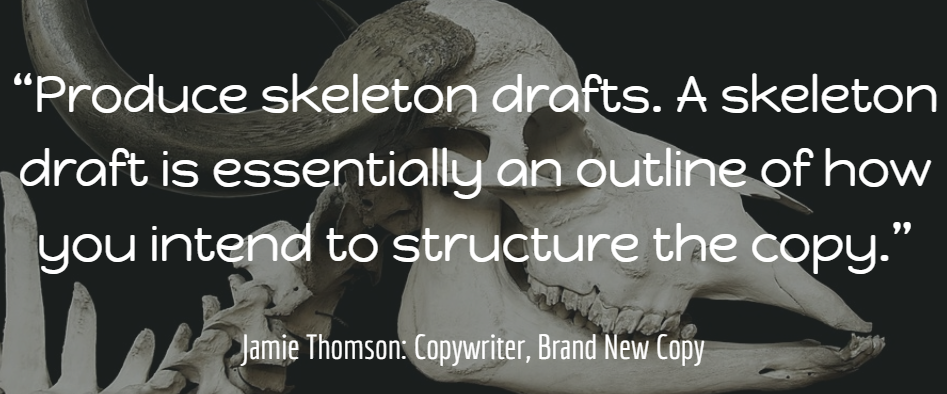Software-as-a-Service (SaaS) is fast becoming the way for enterprises to get their apps. And that means, here at Radix, we find ourselves writing SaaS content pretty often.
Considering all the other complex stuff that goes on in the enterprise tech world, you’d think writing about SaaS would be simple. But there’s far more to it than meets the eye… or perhaps less.
You see, in many cases, the best approach involves not writing about SaaS at all.
What is SaaS?
If you get software through an online portal rather than having to buy a disk or licence key, then it’s SaaS. If you’ve ever used Dropbox, any Google service, OneDrive, or a similar online app accessed through a browser, then you’ve used SaaS. These services often come part and parcel with a monthly subscription fee instead of a one-off or annual license payment.
It works pretty much the same in the enterprise space – albeit with a few more wrinkles. I’ll get to those in a minute.
But wait. When you read that explanation of SaaS, did you sigh and think “yep, I know”?
If so, then you and the entire enterprise tech community have something in common. (In fact, if you didn’t, it’s likely you’re not my target audience here.)
We all know SaaS
Here’s the thing most SaaS vendors forget: this stuff isn’t new anymore. Everyone knows what SaaS is. Even if you’ve never heard the specific term, you get the concept.
So, if you spend a whole paragraph explaining what a subscription model is and how it works, you’re just wasting valuable space on your page.
Forget the model – sell me the service
Instead of rehashing monthly payment plans, talk about how your service is actually unique. Is the service particularly flexible in some way? Is the underlying tech innovative? What does it enable me to actually do? These are the things that are new and exciting to your customers.
There are some exceptions where it’s worth explaining the SaaS model in further detail, though. Mainly, for core enterprise services.
The enterprise exception
For the average online service, conventional internet is fine.
But when an app is the lifeblood of the business, standard internet connections aren’t reliable or fast enough. Many organisations will install direct connections to their provider’s data centre to ensure they get the quickest, most dependable service.
This is one of the main situations where you do want to go into a bit more detail about the exact nature of the SaaS connection. But there may be other specific details and extra information worth sharing.
The golden rule: don’t explain if you don’t have to
Your standard pay-per-month SaaS doesn’t need an introduction. But if you offer direct connections to your data centre, an unconventional price structure, or something else that veers from the norm, a bit of detail can help explain why your offering is unique.
Of course, to do this, you need to know what the norm is for your industry – and where your product or service deviates from it. If you’re writing for your own business, you should know this already (or at least be able to talk to a Sales rep who will). And as external writers, we find this is a great question to ask in our briefing calls.
Actually, beyond SaaS, this is a good plan for almost any topic. By understanding what your audience knows and what you need to tell them, you can create a tighter, more engaging and much more compelling piece of content.
By trimming the fat (and not re-explaining to your audience for the hundredth time what SaaS is), you can cut to the heart of the matter: why your product or service is great and why people should buy it. This helps you get to the point, convince your reader, and help push them further down the funnel. Win-win.
For more tips on writing for the enterprise tech sector, sign up for our monthly newsletter.



